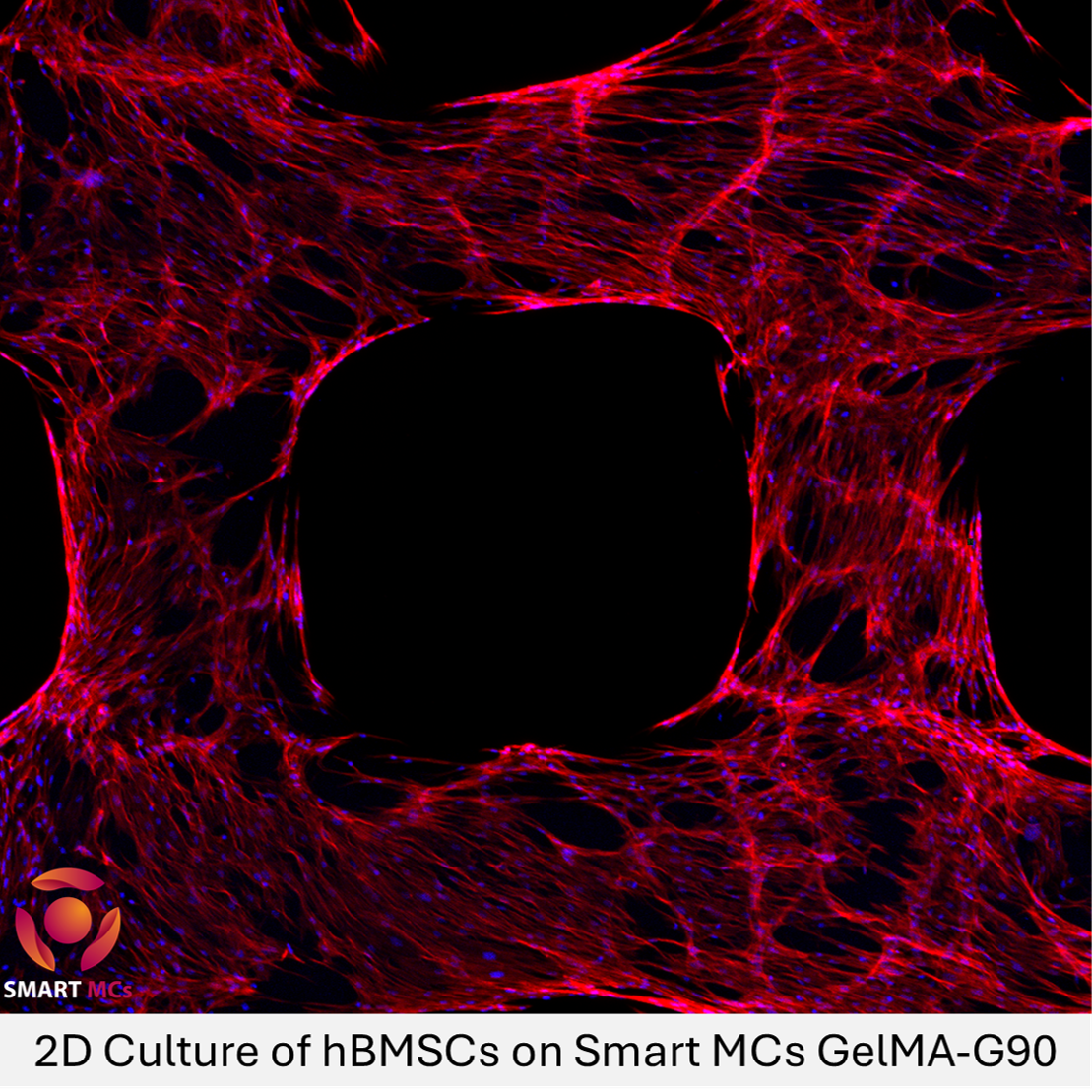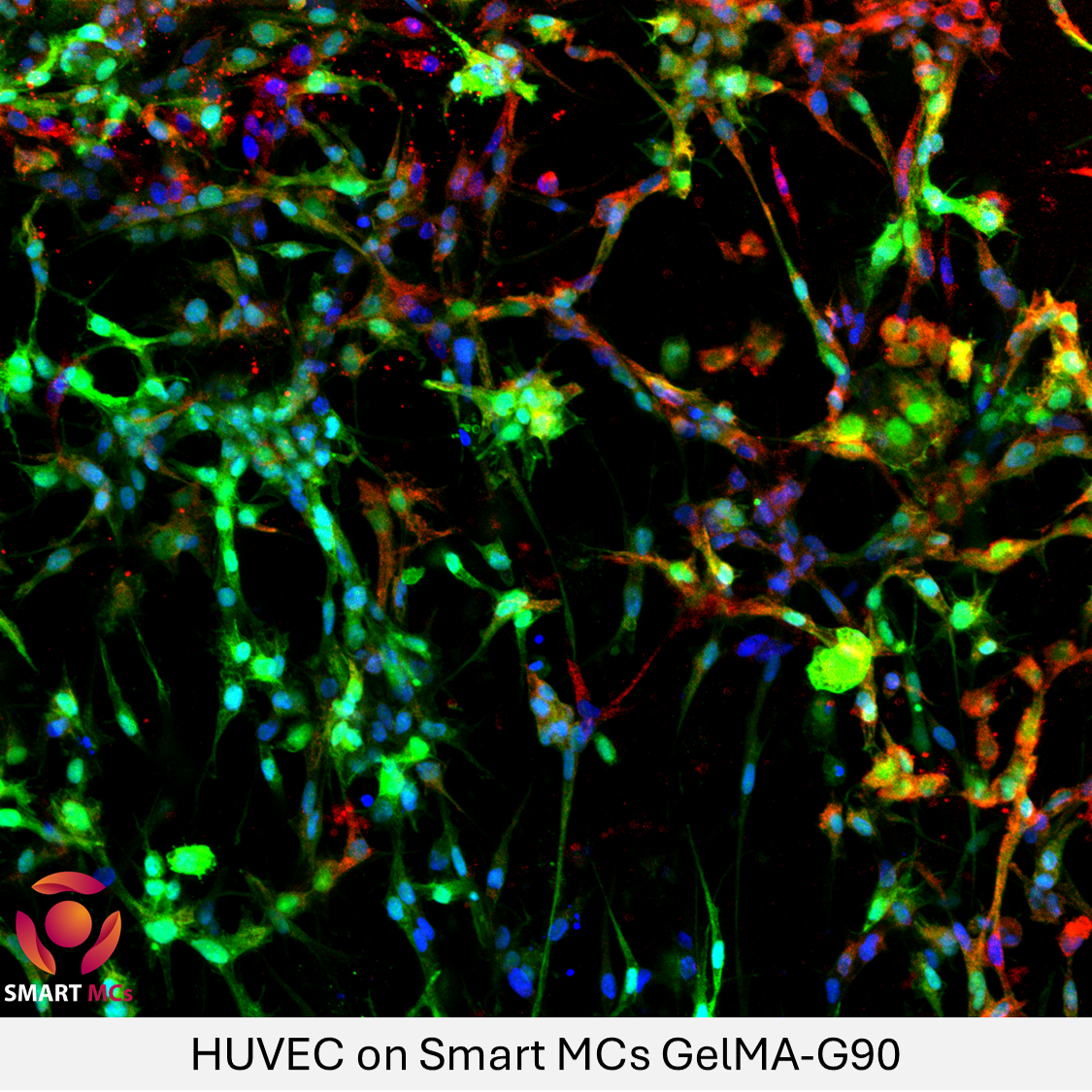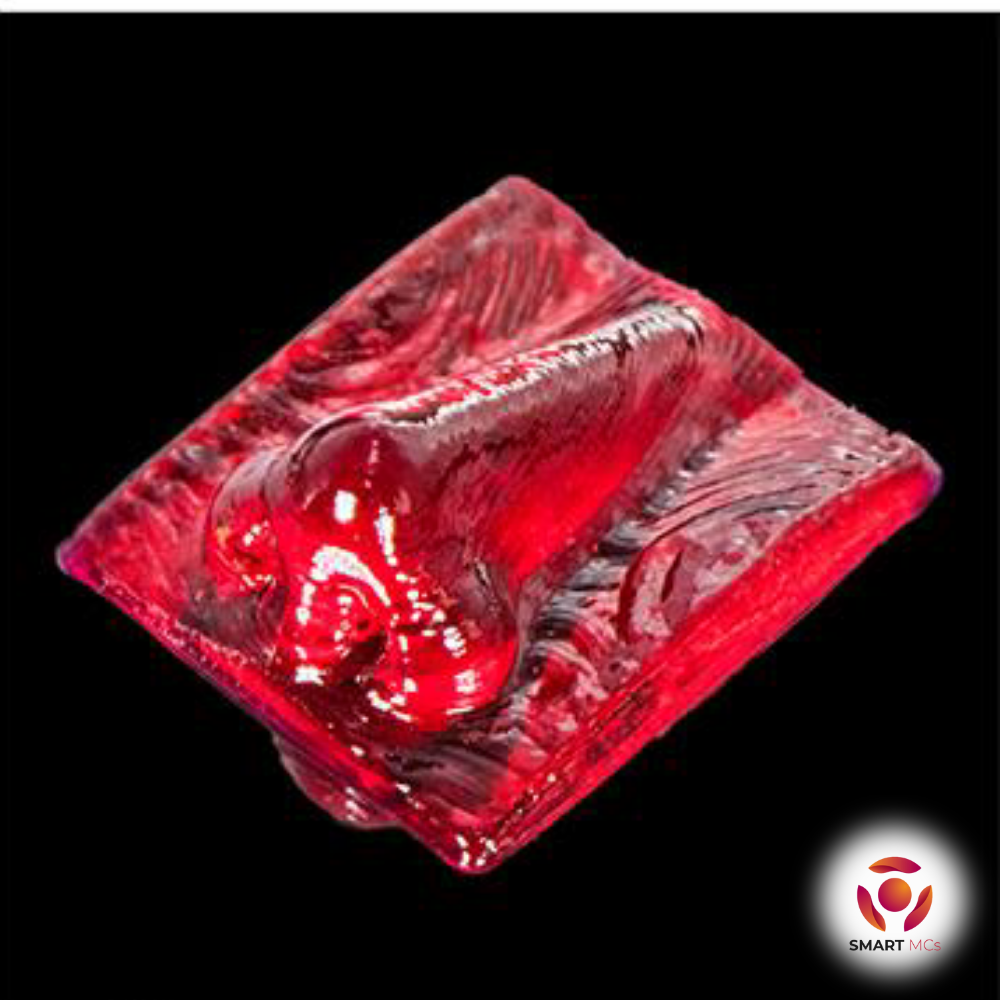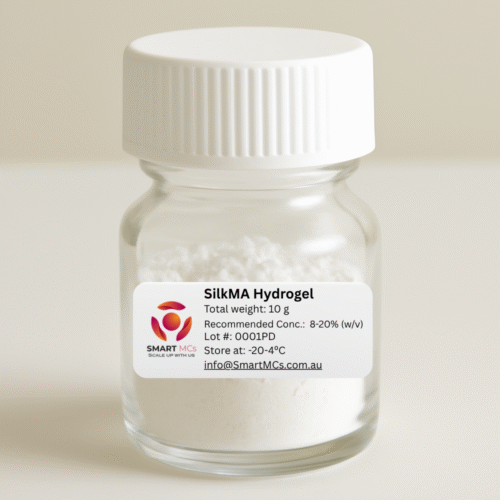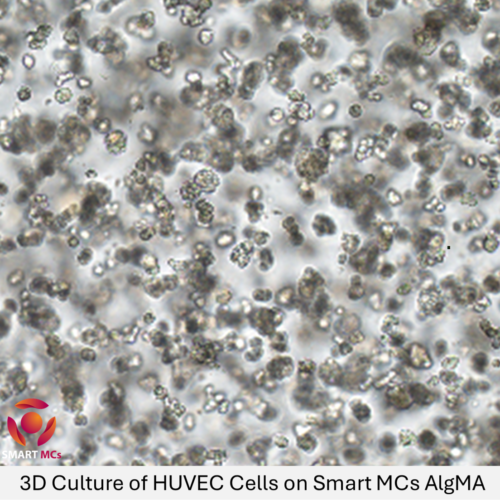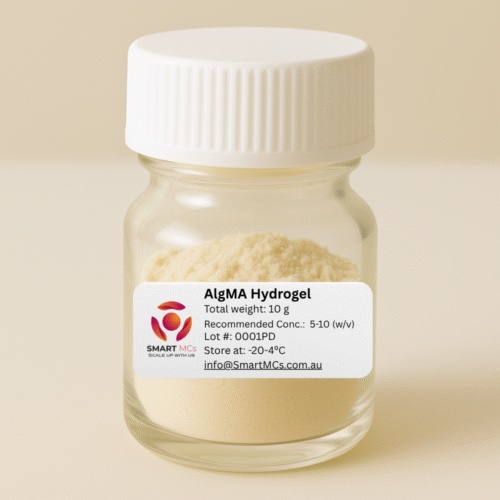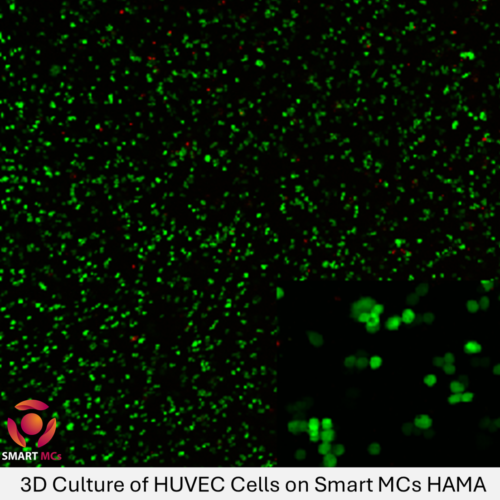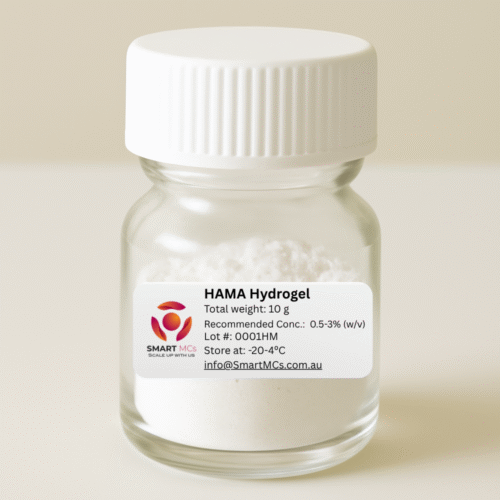Gelatin Methacryloyl, commonly known as GelMA, is a gelatin-based biomaterial modified to include olefin double bonds, which facilitate its rapid solidification into a hydrogel when exposed to UV and visible light in the presence of a photoinitiator. This light-induced curing process allows for the swift creation of hydrogels that possess both the biologically relevant features of natural biomaterials and the robustness of synthetic ones.
The resulting GelMA hydrogels boast a three-dimensional structure that is highly conducive to cellular activities, making them ideal substrates for cell growth and differentiation. Their structure closely emulates the extracellular matrix, providing a supportive and dynamic environment for cells. The hydrogels’ superior biocompatibility is evidenced by their ability to offer appropriate cell adhesion sites—akin to an artificial basement membrane—and proteolytic degradability, which ensures that the cells can remodel their matrix as they mature and require changes in their surroundings.
Moreover, GelMA hydrogels’ mechanical properties are a noteworthy feature. They can be fine-tuned during the synthesis process, allowing researchers to adjust the stiffness and elasticity to match the physiological conditions needed for specific tissue types. This tunability extends to the chemical properties as well; for instance, the incorporation of various bioactive molecules can be achieved to enhance cellular responses or to provide cues for directing tissue formation.
The versatility of GelMA hydrogels extends their utility beyond cell culture into a multitude of biomedical applications. They have become a staple in the field of tissue engineering, serving as scaffolds that not only support the structure of the developing tissue but also actively participate in its formation by providing biochemical and biomechanical cues. In the realm of biological 3D printing, GelMA’s precise curing and structural fidelity enable the fabrication of complex tissue constructs with high resolution, paving the way for the creation of advanced tissue models and potentially organ mimics for transplantation.
In summary, GelMA hydrogels represent a sophisticated blend of functionality and adaptability, making them a critical component in the advancement of regenerative medicine, drug delivery systems, and various other medical research applications. Their ability to mimic natural tissue characteristics while offering customisable physical properties underscores their importance in the ongoing pursuit of creating lifelike tissues and organs in the laboratory.
Your Application, Our Commitment
Tell us more about your application, and let us craft the perfect hydrogel solution for you. Advancing your research and production is not just a goal—it’s a guarantee. Reach out today for a personalised quote and embark on a journey of discovery and innovation.


